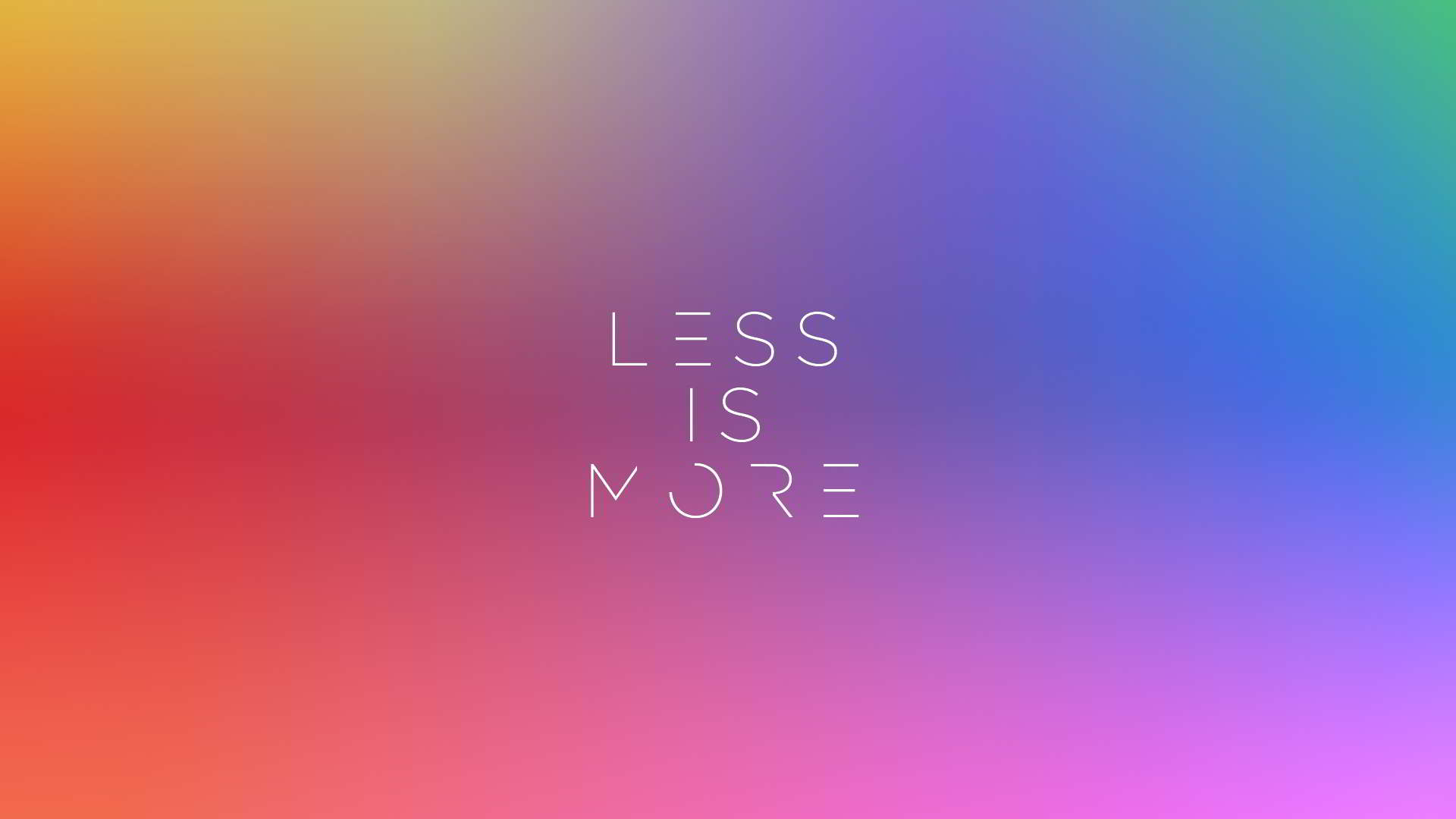Images: Quality over quantity
The modern web is built on strong visual imagery. Sites like Twitter, Netflix, and even LinkedIn, all utilise large images to add to their sites’ appeal, aesthetic, and brand identity. The University of St Andrews’ updated web design uses large imagery for the same purpose.
You may be thinking, “Right, I’ve got it. Populate my site with lots of amazing large photographs.” To an extent, that’s a good way to think, but there are limits when adding images to your web page. How do you know when you have enough images on your site? At what point do you stop?
The first and definitely the most useful piece of design advice I ever learned is “less is more”. Every design decision you ever make should follow this catchphrase. This doesn’t just apply to the layout of the decor in your living room, it also applies to the content of your webpage.

Simplify your content
You may occasionally stumble across some webpages that are full to the brim with written content. Far too much text is unappealing to the user and they are much more likely to leave your website. This is commonly known as “Too long; didn’t read”, often abbreviated as tl;dr. The solution to this is images. Break the monotony of your written content by conveying your main message through imagery.
However, replacing all of your content with a huge amount of images also has the same effect as a “wall of text”. If you replace all of your text with relevant images then your content’s context will obviously suffer. Images within content should be used sparingly to provide additional context to the written copy’s purpose, and to help divide your wall of text into easily digestible doses.
Quality over quantity
After simplifying your content, your next focus is assure that it is of a high standard. An agile practice is to fix your project’s quality. Features are prioritised to ensure that the quality isn’t compromised if some aspects of the project cannot be completed in time. The same should be considered for your webpages.
Ensure that the images you use convey your message or impression fluently.